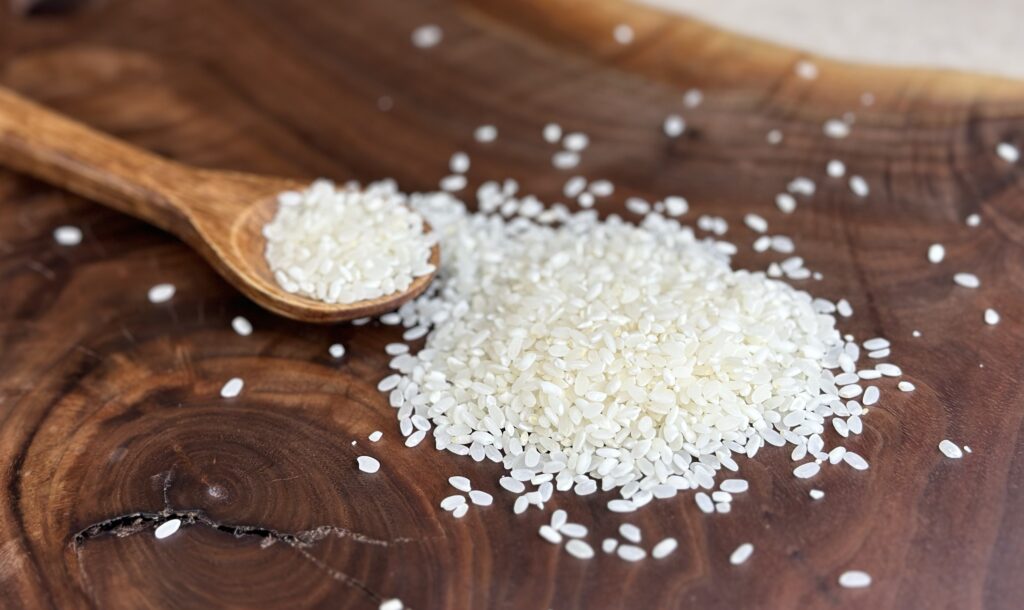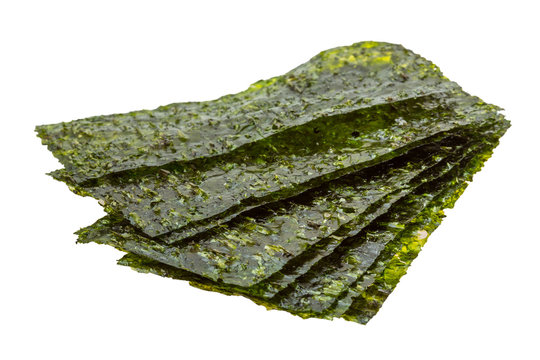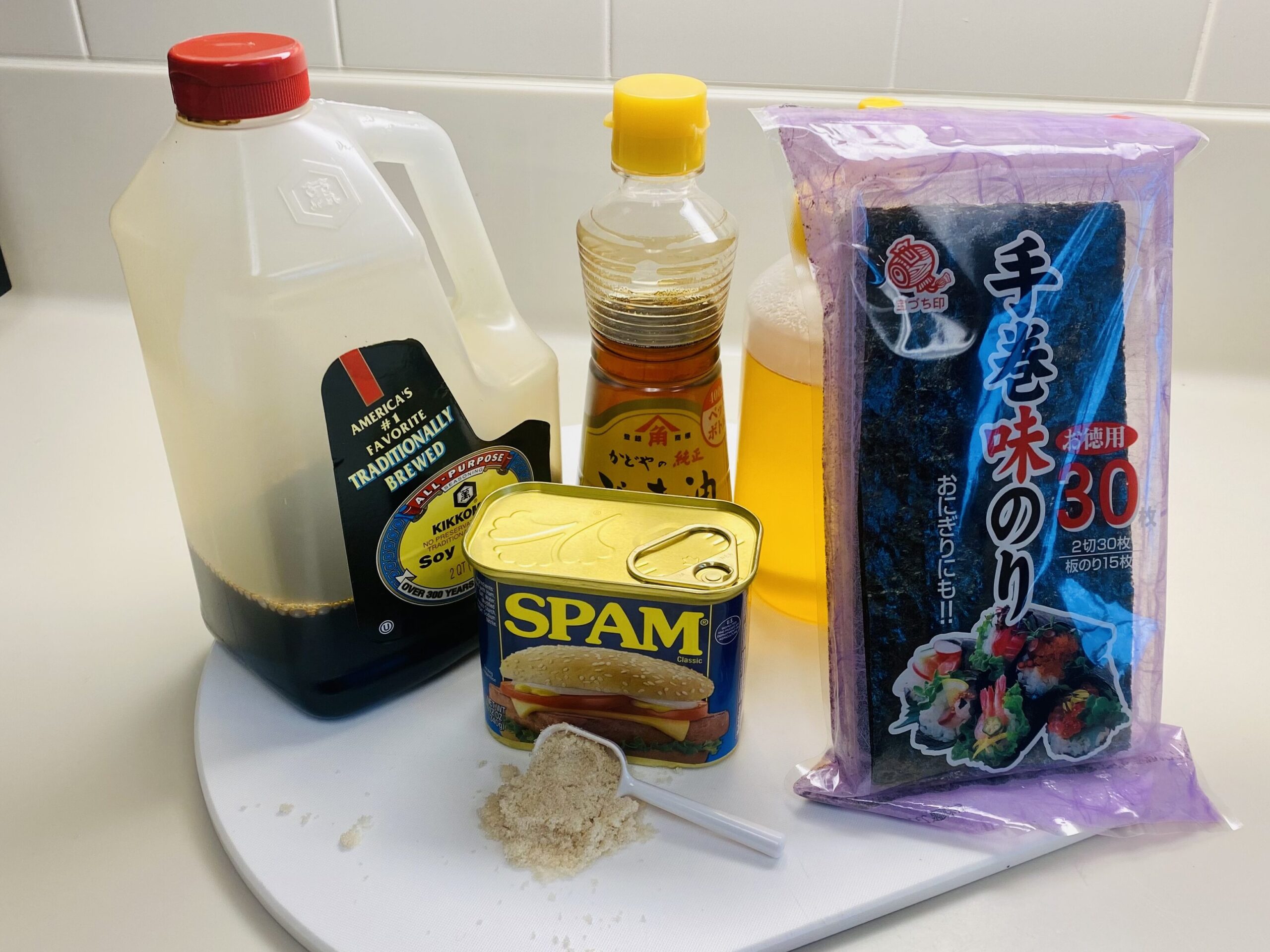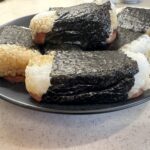Note: This post may contain affiliate links. As an Amazon Associate I earn from qualifying purchases.
Step foot into the vibrant culinary world of Hawaii, and you’ll find yourself surrounded by a fascinating fusion of flavors. From fresh tropical fruits to mouthwatering seafood, the Aloha State is renowned for its unique culinary delights. Now, I have never been to Hawaii. Although I may need a simple surgery on my wrist and I’ve been told they will send me to Hawaii for that…so fingers crossed! My brother-in-law was stationed there with the United States Marine Corps for 3 years and as he tells it, he was still an unadventurous kid from Arkansas who hadn’t tried much of the world’s cuisine. This is very hard for me to imagine as one of the things we share is our love of ethnic cuisines and trying new things. However at the time he was still unworldly and he got lucky that a friend of his in the Marine Corps WAS adventurous and would invite him out to try all the local cuisine. Among the local favorites that have captured the hearts and palates of both residents and visitors is the beloved Hawaiian Spam Musubi. In this blog post, we’ll delve into the origins, ingredients, preparation, and why this delightful snack has become an iconic symbol of island comfort food.
Funny story: we were at my sister’s house a few weeks ago and my brother-in-law made Musubi for us. It was the first time I had it, and I helped make it so I could learn the process. My 9yo daughter, Mini-Me sits down excited to try it! It smells good, it has nori, which is on sushi…which she loves. She takes a HUGE bite and then freezes. She immediately spits it out and exclaims “WHAT. IS. THAT!?!?!” That’s when I realize…she has never had Spam before!!!! Poor baby she said, “uh…I don’t think that’s meat…” Bahahahaha! 🤣
The Origins of Spam Musubi:
The roots of Spam Musubi can be traced back to the influence of Japanese cuisine in Hawaii. With the introduction of Spam to the islands during World War II, a creative culinary fusion took place, blending Japanese rice balls (onigiri) with the newfound American canned meat. Yay America! Hawaii and Japan give us fresh fish, new herbs, spices, soy sauce, sesame oil, etc…and we offer…SPAM. Over time, Spam Musubi emerged as a popular snack, enjoyed by locals and tourists alike.
Key Ingredients and Preparation:
The heart of Spam Musubi lies in its simplicity. The key ingredients include sushi rice, nori (seaweed), soy sauce, and, of course, Spam. To make this delicious treat, you’ll start by cooking the rice, some season it, but I simply salt the rice water and allow the plain rice to blend with the salty spam and the flavorful sauce. Then pan-frying slices of Spam until they turn golden brown. A mold is used to shape the rice into a rectangular block, which is then layered with a slice of Spam and wrapped with a strip of nori. The result is a delightful combination of flavors and textures that is sure to satisfy any craving, unless you are Mini-Me of course.
The Allure of Spam Musubi:
What makes Spam Musubi so irresistible? For one, it’s the harmonious contrast between the savory and salty Spam, the sweetness of the seasoned rice, and the delicate brininess of the nori. This is the classic version of course. I haven’t had it with sweet seasoned rice. The convenience and portability of this snack also make it perfect for on-the-go indulgence or as a quick and satisfying lunch option. It has become a staple in Hawaiian households, beach picnics, and local convenience stores, bringing comfort and nostalgia with every bite.
Variations and Modern Twists:
While the classic Spam Musubi remains a beloved favorite, creative variations have emerged to cater to diverse tastes. Some variations include adding teriyaki sauce for a touch of sweetness, incorporating pineapple slices for a tropical twist, or even substituting Spam with other ingredients like grilled chicken or tofu to accommodate dietary preferences. Maybe Mini-Me would like that? These adaptations showcase the adaptability of Spam Musubi and its ability to evolve while still preserving its essence.
Sharing the Aloha Spirit:
Hawaiian Spam Musubi has not only captivated taste buds but has also become a symbol of sharing the Aloha spirit. It is often lovingly made by family members, prepared for potlucks, shared with friends during outings, and even gifted as a gesture of hospitality. The act of making and enjoying Spam Musubi brings people together, fostering a sense of community and warmth that is deeply rooted in Hawaiian culture. So similar to how tamales are in my family.
For our Musubi, my brother-in-law showed me once…then when I went to recreate it, we were in the middle of a typhoon. I couldn’t ask him what to do, I couldn’t google Musubi sauce, etc. So I made it up! Which is pretty typical of me anyway. I may have also been slightly tipsy as we had just had a typhoon board game party in our building…
So, for my brother-in-law he makes a simple terriyaki sauce of soy sauce, brown sugar, sesame oil and honey.
I did start with that! I promise! Then I thought, “some garlic and ginger would be GREAT in here!” So I added some of that. Then I tasted it and thought “whoa! I started with WAY too much soy sauce! Better add WAY more honey!” Then I thought “Mini-Me won’t be partaking…so maybe I’ll add a little heat…and I added some sweet chili sauce…”
You can see how this went. The good news is that I kept track of what went in there so I could actually type out a recipe. See how smart I was?
I also don’t have a mold, so I used the Spam container. Now, not all of my Musubi came out looking great. This is a learning process, so don’t be disheartened if yours doesn’t come out right away. Out of the seven I made, only a few looked nice. But they all tasted good!!
Ingredients:
The three things that are the most important are the rice, the Spam and the nori.
Rice:
For this recipe you are going to want to start with short grain rice. Here on island it is very difficult to find anything else. But in the US, you will go to the rice aisle and be assaulted with, long grain, short grain, jasmine, brown, white, black, wild, aborrio, etc. So for short grain, sometimes called sushi rice, California rice or CalRose rice.

Rinse your rice very well (at least three times) and then drain just as well. Place in your rice cooker (or whatever you are using to make your rice) and measure out your water. Add the water and soak for at least 20 minutes.
Then you can start your cooking. You can do this in a rice cooker, an IstantPot, on the stove, in the oven or even in the microwave. (Although I didn’t have a good experience this week trying to make rice in the microwave).
Spam:

So…do I have to explain Spam? Has everyone eaten it? According to Google, “Hormel introduced Spam on July 5, 1937…the product was intended to increase the sale of pork shoulder, a cut which did not sell well. Ken Daigneau…won a $100 prize that year in a competition to name the new item.” I wonder what the other contenders for the name were…?
Anyway, if you haven’t had it, Spam is kind of a gelatinous, molded meat (in the shape of the can). Apparently it’s pork, but honestly I wouldn’t have been able to tell you that. Eater dot com says that it’s a “6 ingredient food product…pork, water, salt, potato starch, sugar and sodium nitrate” Now, I know I probably don’t have to say it, but that doesn’t sound the healthiest and I wouldn’t eat this every day. But that’s a personal choice. Again, according to Eater, over 8 billion cans have been sold since it was introduced…and that was in 2014!
So you can absolutely buy other brands of this meat. Spam is a brand name. I personally haven’t bought the other brands so I can’t speak to them. Honestly, I don’t think I had ever bought Spam before I experimented for this blog post. I do remember the little key you had to use to open the can…was that still a thing when I was little or did I just eat THAT OLD of Spam…😳
Remove the Spam from the can and slice it. I got about 8 slices. You can slice it as thin or as thick as you’d like.
Nori:

Nori comes in a lot of shapes and sizes. You can absolutely buy the full sheets and cut them down. That is what my brother-in-law does and that’s probably what a lot of people do. For this blog post, I found a package of nori strips. No cutting or guessing involved. I simply took out one strip, laid it down and went to work. There were only 7 strips, and I had 8 pieces of spam…so there is that. You could probably cut the strips in half as well. Mine were definitely a little thick.
Keep the nori dry until you are ready to use it. As soon as it gets wet it will become incredibly fragile and can rip.
Other ingredients:

As stated above, Musubi is insanely customizable. My brother-in-law puts scrambled eggs, I saw online some people putting pineapple, I might experiment with chicken or beef. But for this blog post I simply made some sauce and called it a day.
For the sauce I used a soy sauce base (gentle! If you use too much to start you will have TONS of sauce!) Maybe start with 1/4 of a cup.
Honey – they have great honey here on the island and I used the local honey.
Sesame oil – the sesame oil adds another layer of umami and of course that nuttiness
Garlic – I put one smashed clove of garlic in the simmering sauce
Ginger – I threw a few slices of ginger in as well
Chili paste – now, I wanted a little bit of a kick and Mr. Chef Alyssa likes that as well. But I didn’t have any chili garlic paste, my preferred source of heat. So I used what I had, sweet chili sauce. Now that I do have a chili garlic paste alternative, I would use that and that is what I’m putting in the official recipe.
Combine these ingredients and allow it to simmer until nice and thick.
Equipment:
There are Musubi molds you can buy. However, if you don’t have a mold and you don’t want to buy yet another thing, the can worked great!
Spam Can (or Musubi mold)
Plastic Wrap
Tongs (or fork would work)
Sauté pan to fry Spam and make sauce
Assemble:
I rinsed out the Spam can and dried it pretty well. Then I took a large piece of plastic wrap and placed it over the can.
Next, take a strip of nori and lay it shiny side down on top of the can, the length of the can opposite the length of the nori. So the nori and the can kind of make a plus sign.
I experimented with the amount of rice and I found that about 1/4 cup of rice made the best shape and size of Musubi.
Place 1/4 cup rice on top of the nori. Take one slice of the Spam and dip it into the sauce. Shake off any extra sauce and then place it on top of the rice.
Using the tongs that are coated with the sauce, fold the nori strips over each other. The sauce helps soften the nori and seal it.
Pile the plastic wrap up around the ingredients and press the entire thing down into the can to shape it and seal the nori.
Pull the edges of the plastic wrap to bring the Musubi out of the can. Place seam side down on a plate.
Continue to make the Musubi until you have as many as you’d like, or you run out of an ingredient.
Enjoy immediately or wrap each Musubi in plastic wrap and eat within 3 days.
In the culinary tapestry of Hawaii, Spam Musubi stands out as a unique and cherished delicacy. Its humble beginnings, simple yet delightful ingredients, and the way it brings people together embody the spirit of the islands. Whether you’re a lifelong resident, a visitor craving a taste of the tropics, or an adventurous foodie seeking new experiences, exploring the flavors of Hawaiian Spam Musubi is an opportunity to indulge in a beloved cultural icon that embodies the rich heritage and delicious diversity of the Aloha State. Aloha, and enjoy every bite!

Spam Musubi
Ingredients
- 1 1/2 cups Short grain rice calrose, California, sushi
- 1 tsp Sea salt
- 2 cups Water
- 1 Can Spam
- 1 Package Nori sheets or strips
Sauce
- 1/4 cup Soy sauce
- 1/4 cup Honey
- 1-2 tbs Brown sugar
- 1 tbs Sesame oil
- 1 tsp Chili garlic paste Optional (up to 1 tbs depending on your desired heat)
- 1 Garlic clove smashed
- 2 Slices Ginger
Instructions
- Rinse the rice at least three times or until the water is no longer cloudy. Drain the rice thoroughly and place into the rice cooker. Add the salt and the water and allow to soak for 20 minutes. Start the rice cooker and allow it to cook.
- In a small sauce pan, add the soy sauce, honey, brown sugar, sesame oil, chili garlic paste, if using, whole garlic clove and ginger. Simmer until it starts to thicken.
- While the sauce is simmering, remove the Spam from the can. Slice evenly into slices as thick or thin as desired. Brown the Spam on each side until nice and golden. Set aside.
- If necessary cut the nori sheets into strips.
- Rinse and dry the Spam can. Place a sheet of plastic wrap over the can. Place the nori strip so that the length of the can and the nori sheet create a plus sign.
- Place 1/4 cup rice on top of the nori strip.
- Dip the fried Spam into the sauce and place on top of the rice.
- Fold the nori sheet up over the Spam using the sauce soaked tongs to help soften the nori and seal.
- Gather the plastic wrap up over the entire mixture and press down into the can to shape and finalize the seal.
- Gently tug on the edges of the plastic wrap to pull the Musubi up out of the can. Unwrap the Musubi and place seam side down on a plate.
- Continue with the remaining ingredients.
- Enjoy immediately or wrap tightly in clean plastic wrap. Store in the refrigerator for up to 3 days.
Leave a Reply